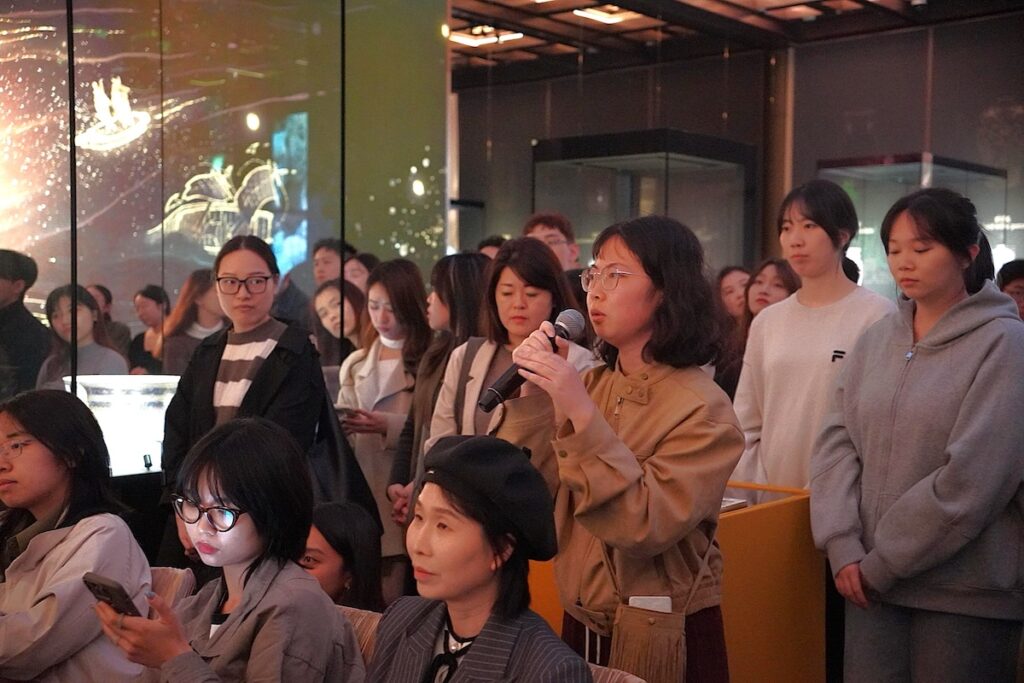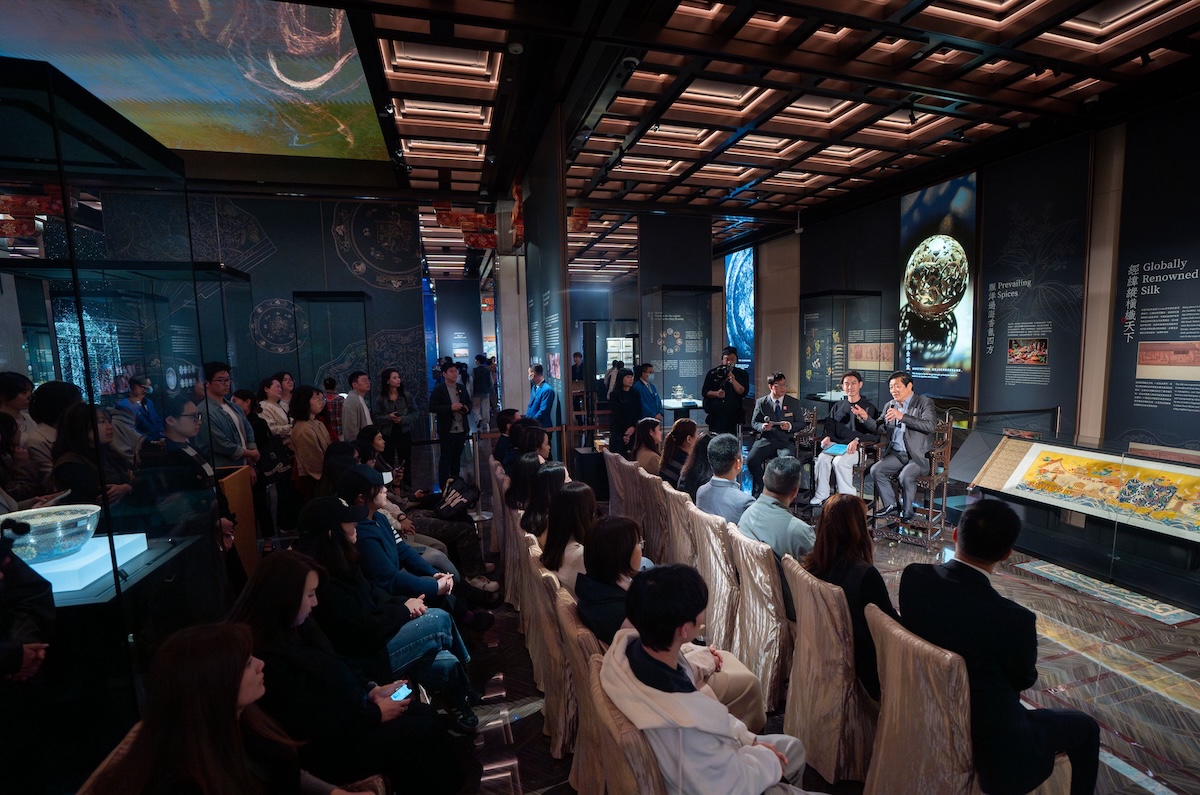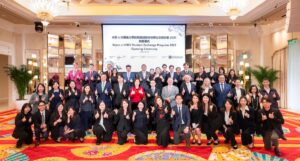- The Poly MGM Museum and Nanjing Yunjin Brocade Museum collaborated to promote intangible cultural heritage.
- Yunjin, regarded as one of China’s three most renowned brocades, embodies a thousand years of Chinese civilization.
In February, the Poly MGM Museum in Macau partnered with the Nanjing Yunjin Brocade Museum to host the Museums Exchange Program “Yunjin Brocade – A Conversation on Intangible Cultural Heritage and Innovation”.

The event invited Jian Mingwei, the Director of the Nanjing Yunjin Brocade Museum, and Zhou Shuangxi, national-level inheritor of the Nanjing Yunjin weaving technique – an intangible cultural heritage of mankind – to discuss the protection, inheritance, innovation and contemporary value of Yunjin brocade.
The event drew nearly 100 participants, including Sio Kit Meng, Acting Director of the Macao Museum, and Sit Kai Sin, Director of the Macao Maritime Museum, as well as students from local universities and colleges, and public attendees.

According to organizers, the two museums have previously engaged in extensive exchanges of collections. Currently, the Poly MGM Museum is hosting the exhibition “The Maritime Silk Road – Discover the mystical seas and encounter the treasures of the ancient trade route”, which features a precious brocade work titled “Silk Road Splendor” created by Zhou Shuangxi, a prized collectable of the Nanjing Yunjin Brocade Museum.

Yunjin, regarded as one of China’s three most renowned brocades, embodies a thousand years of Chinese civilization and is a significant part of humanity’s intangible cultural heritage. To foster cultural exchange between the two regions, the Nanjing Yunjin Brocade Museum presented the Poly MGM Museum with two Yunjin artworks co-created by Zhou Shuangxi. Both pieces depict natural landscapes, showcasing the beauty of China’s mountains and rivers with profound symbolism.
Jian Mingwei said the donation of these two modern Yunjin artworks aims to highlight the contemporary artistic value of this intangible heritage, reflect the innovation and transformation of traditional Chinese craftsmanship and promote cultural interaction between the two regions.

























